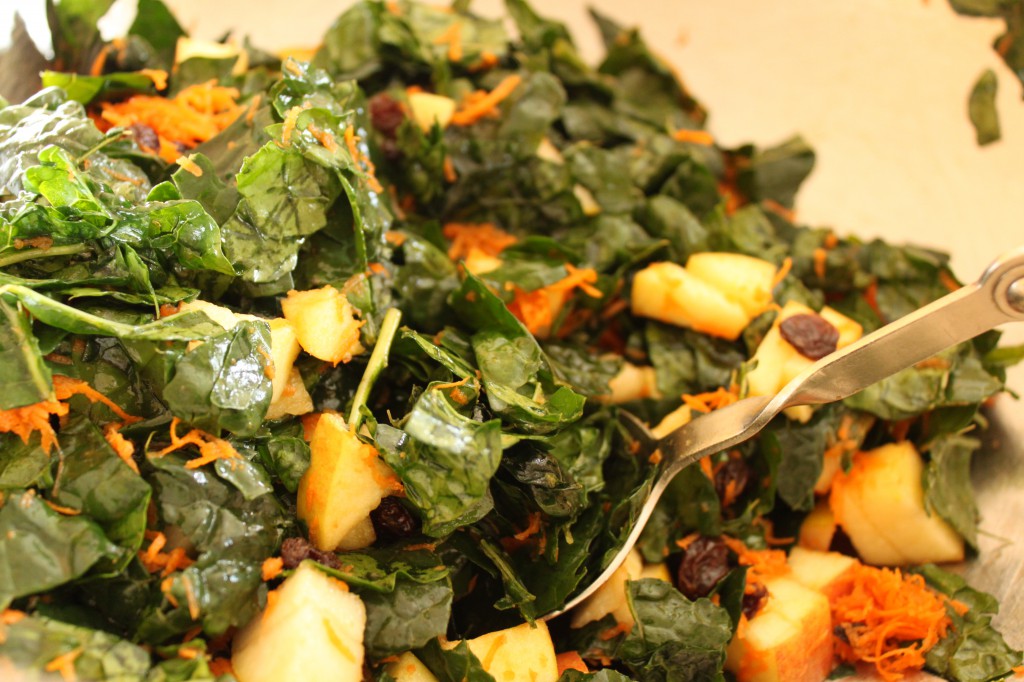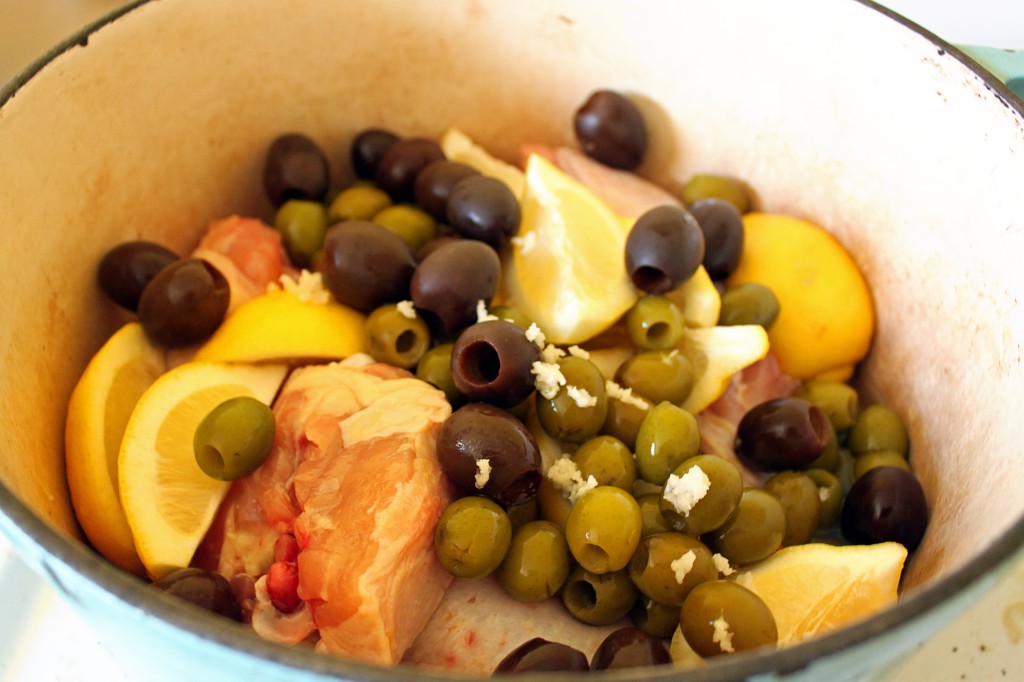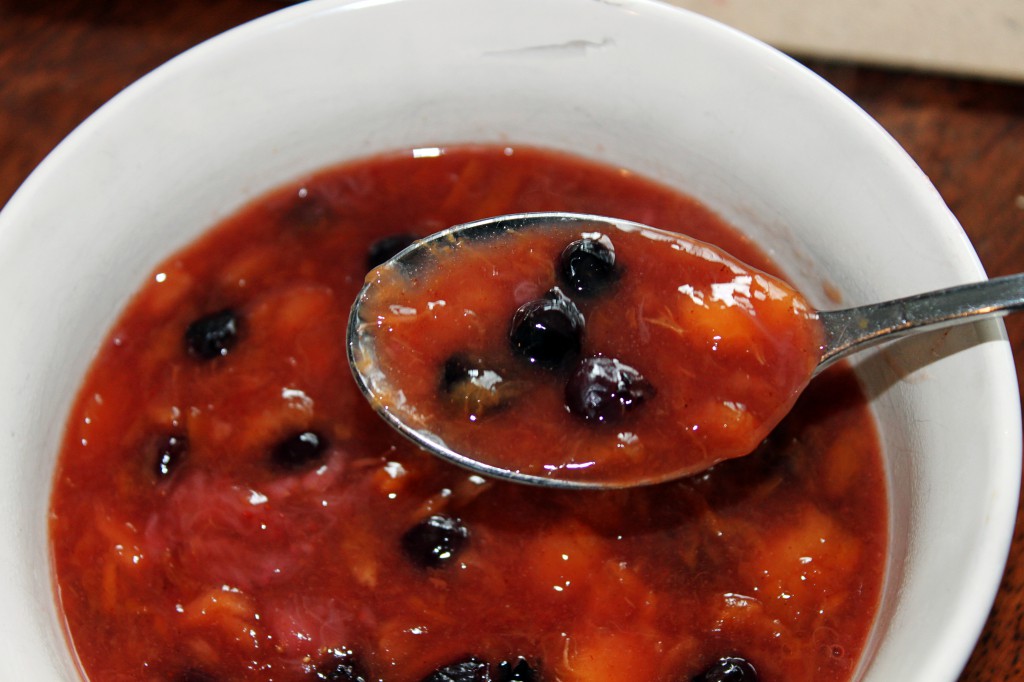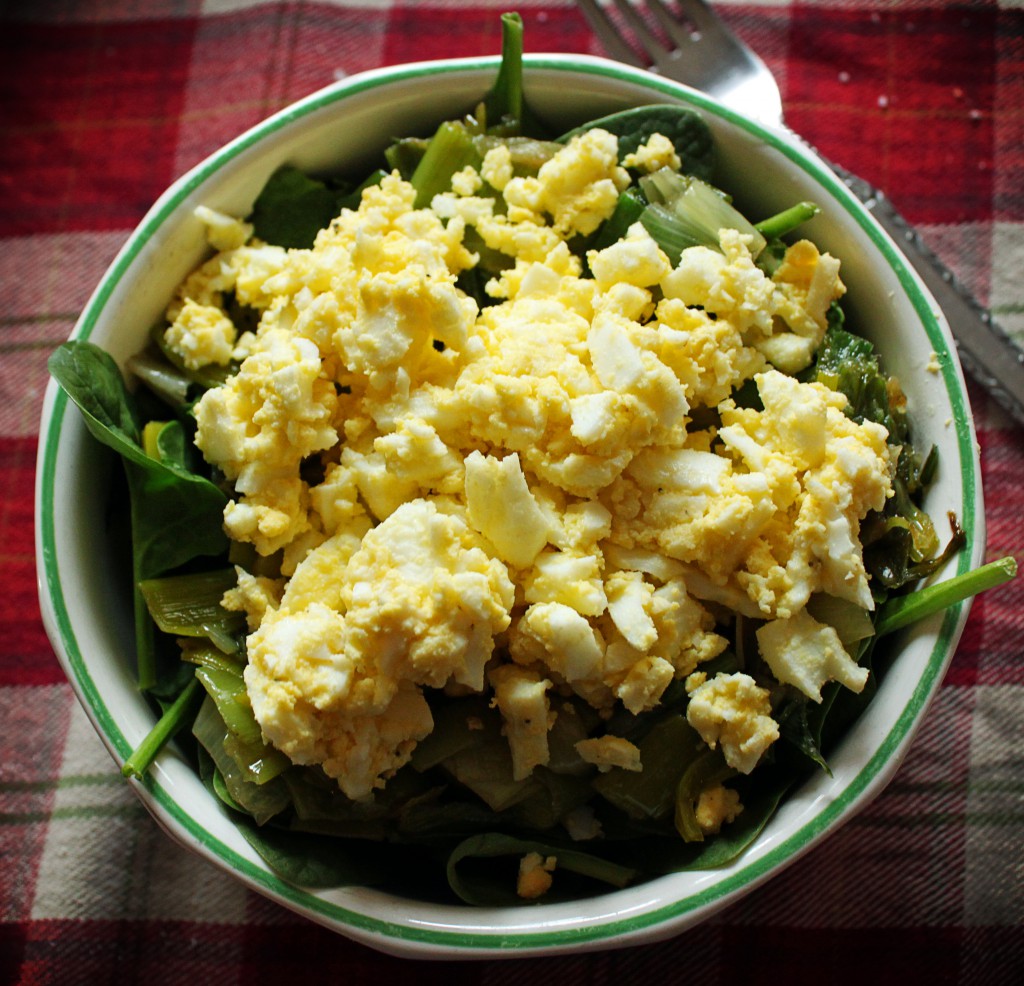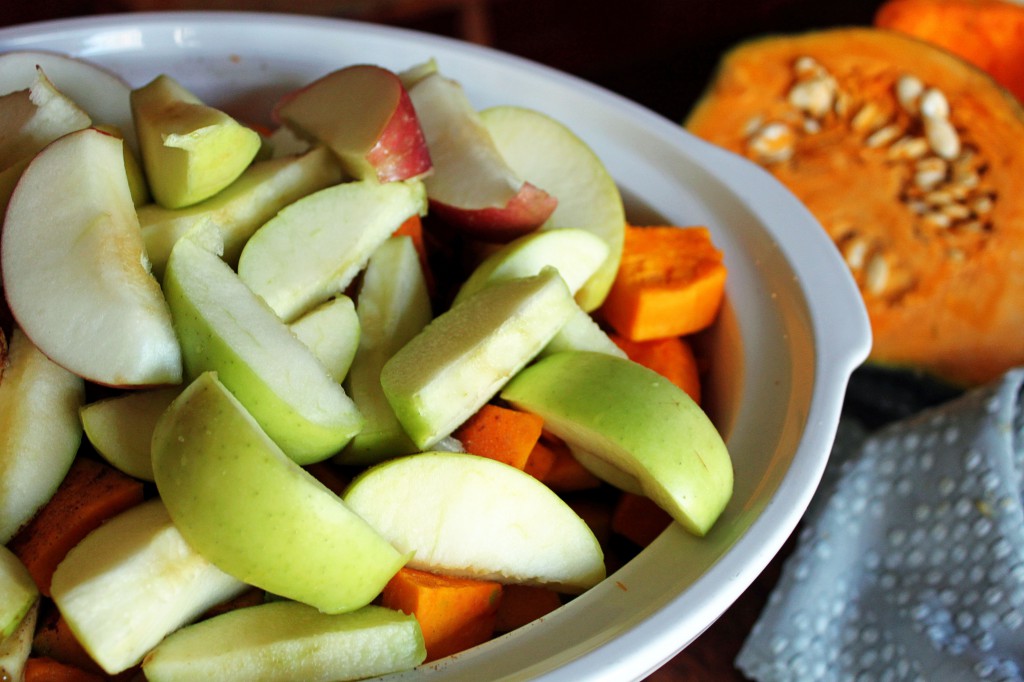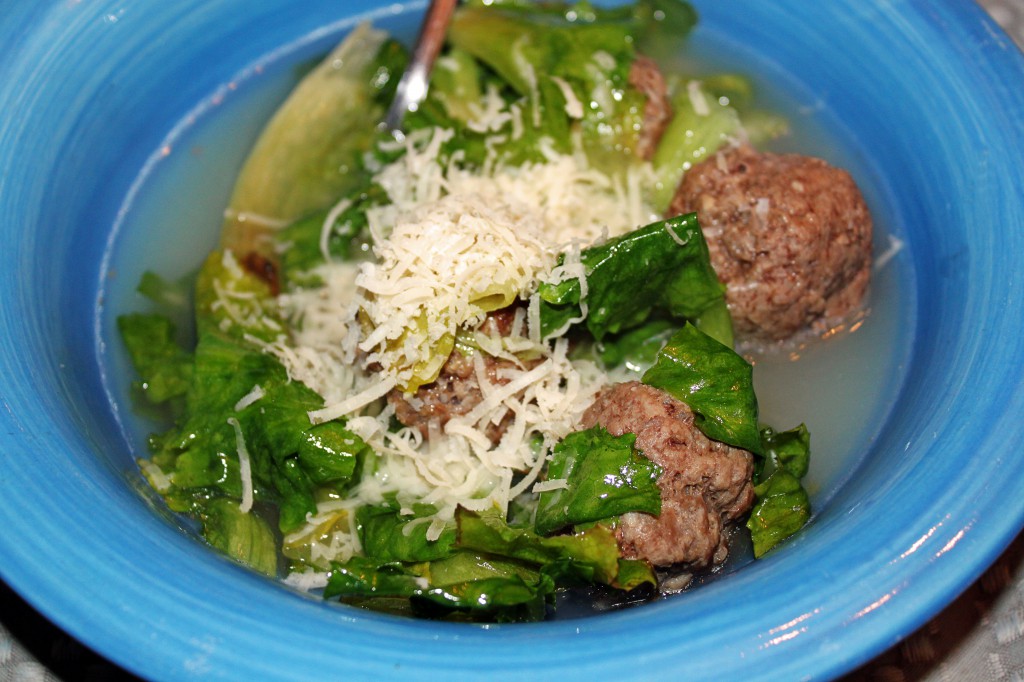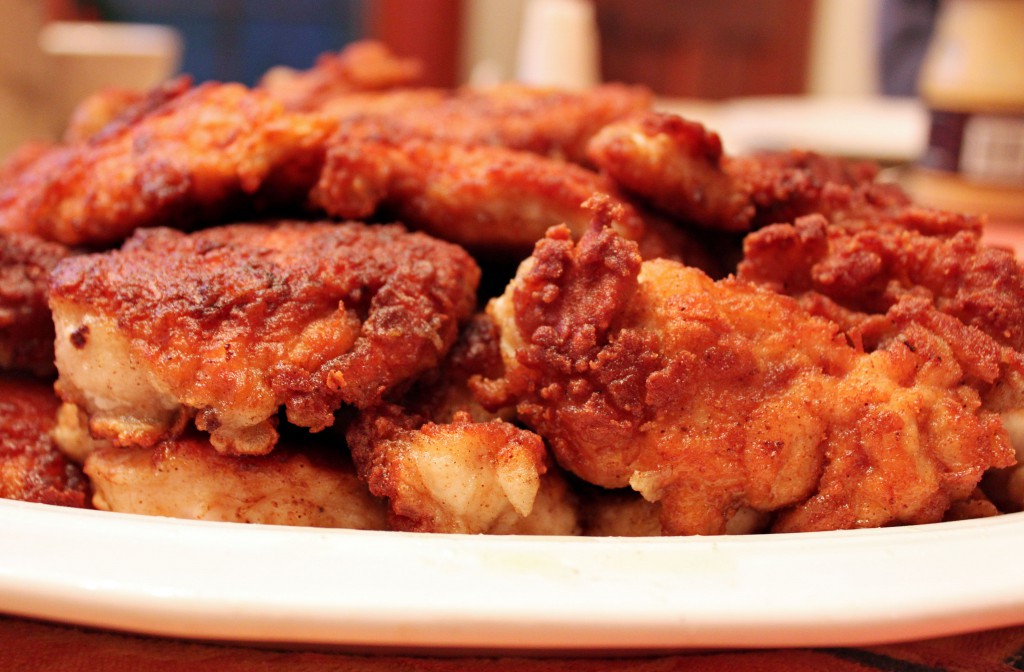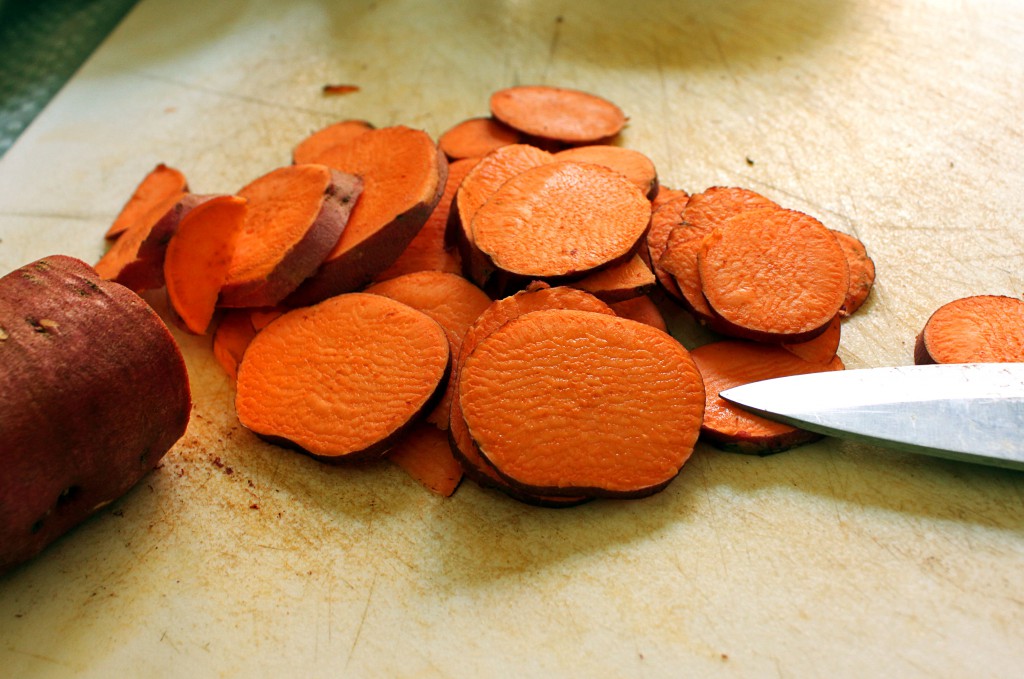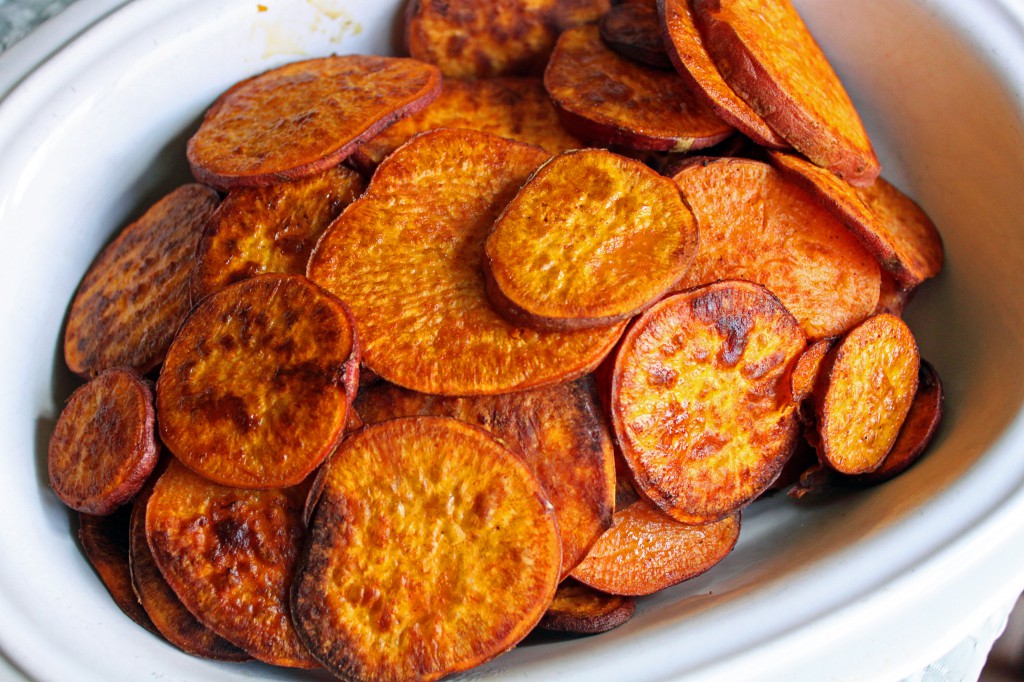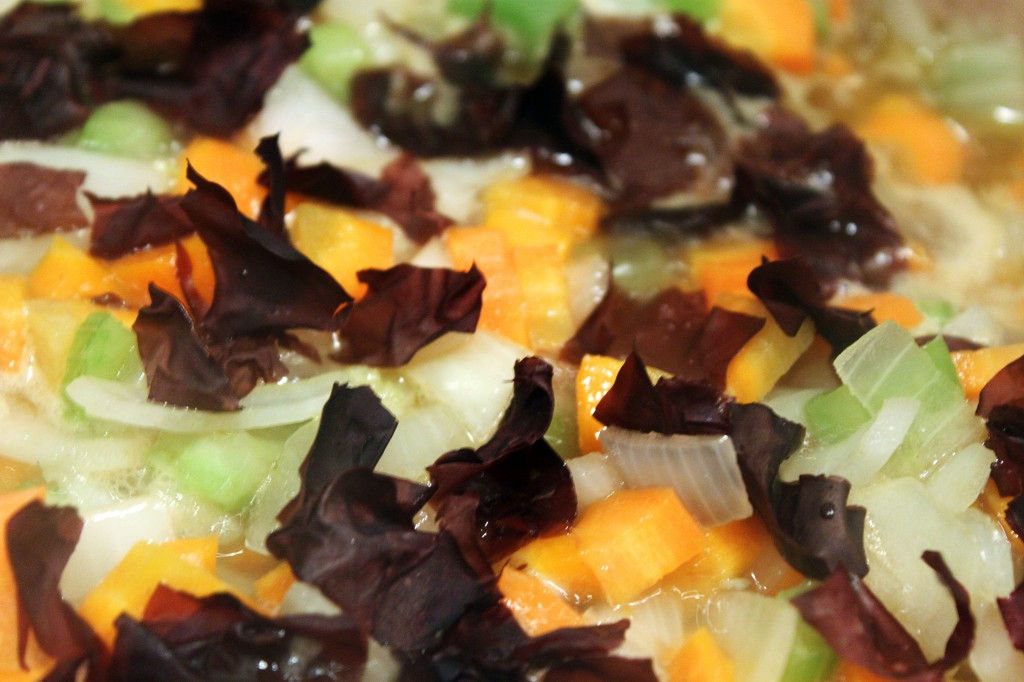
We’ve been eating so much squash lately it’s ridiculous. If we’re not careful I think we might all turn orange. I’m in the middle of doing the Whole30. Which isn’t really far off from how I usually eat, with a couple of exceptions. Including strictly avoiding all sweeteners. After a very busy end of summer/beginning of fall, I just felt like my poor body needed a rest before heading into the holiday season. There are some people, you know, who’s bodies can tolerate just about anything and years of abuse add up to just about nothing. I’m kind of like the opposite of those people. Just the tiniest bit of over-indulgence does me in. Sometimes for a long time. And I’m too darn busy for a broken body, so great care must be taken in it’s upkeep. Right now that means a diet free of dairy, grains, legumes, food additives, nightshades and sweeteners of all kinds.
But back to the food. The good stuff. The stuff I *can* eat. I needed some new ideas in the world of squash preparation. My sweet neighbor inspired some experimenting which resulted in a whole new-to-me favorite. Whenever I make these, the Wee Girl stands by the counter eating them all before I have the chance to bring them to the table.
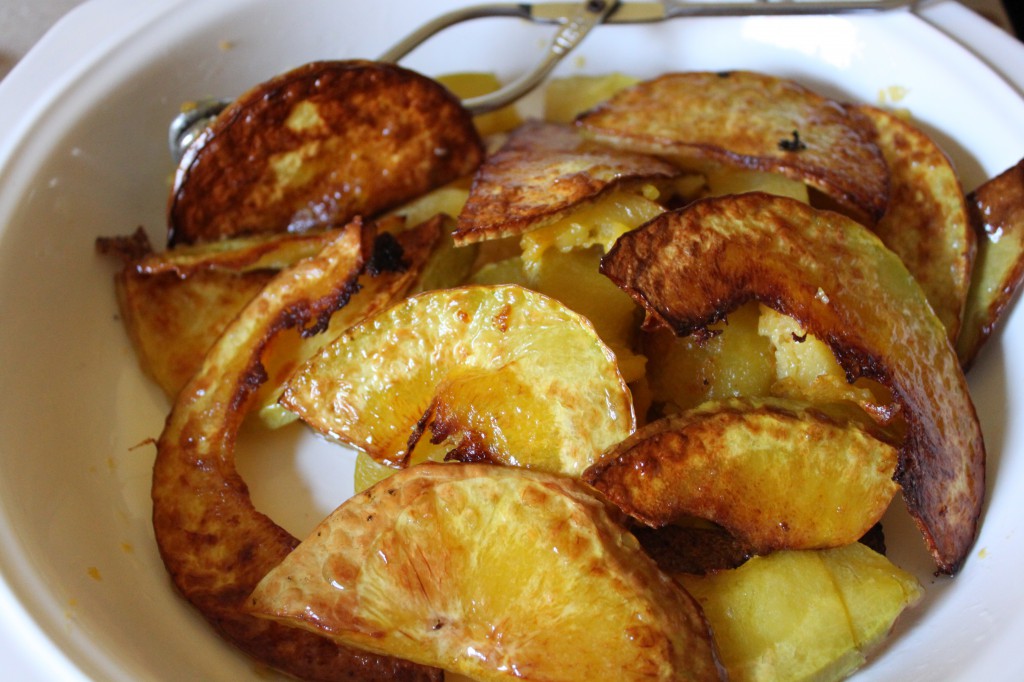
As usual, the process is simple….
cut your squash in half and scoop out the seeds
slice into pieces about a 1/4″ thick
arrange on a cookie sheet, in a single layer with several gobs of coconut oil and a good sprinkle of salt on top
bake in an over preheated to 375 until done
You can serve them when they are just soft, but we like them to get a bit browned and crisp around the edges. Leaving on the skin makes them especially nice with a mix of crisp and chewy that is most satisfying. Also the combination of being a bit fatty and sweet makes them seem like a very great treat to me just now. You don’t have to flip them as they cook, but they will turn out much, much nicer if you do. And this my friends is why there are never any cookie sheets clean in my house!
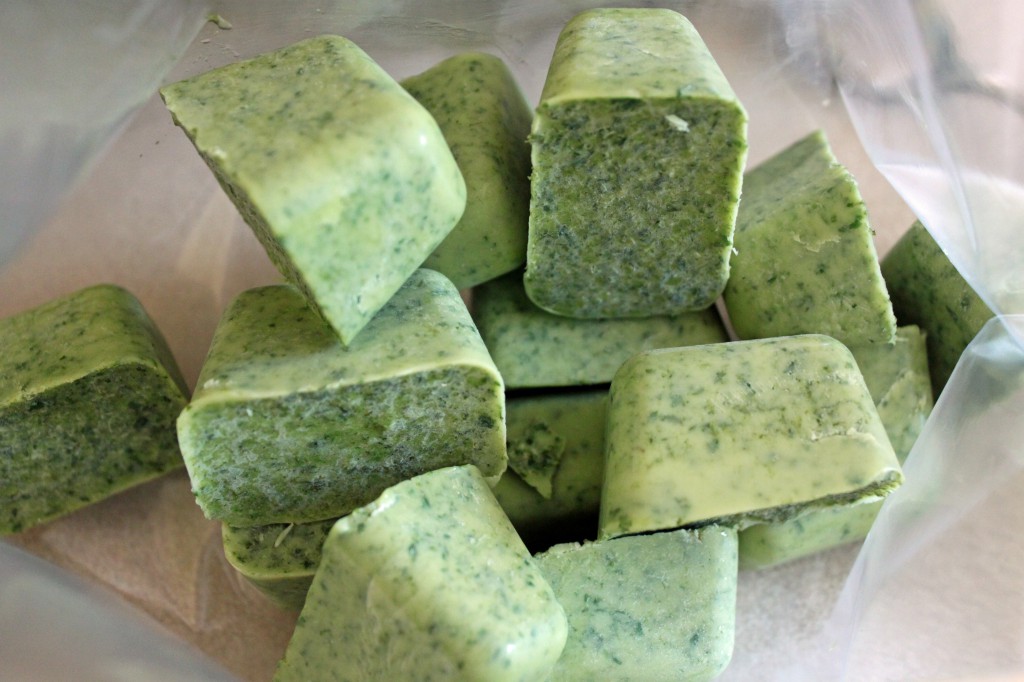
This year I’ve also started using a new to me method of saving fresh herbs. I’m still utilizing all of my fall back methods, but I think this one is a nice little change of pace. I put my fresh clean herbs in the Vita-Mix (you could us a food processor or blender, basically use whatever you would make pesto in) with a bit of olive oil and blitz them to make a sort of thick, chunky paste. Then I spoon it out into ice-cube trays to freeze. Once frozen the cubes can be moved to a freezer safe storage container (jars, bags, what have you). Pictured above are some of my cilantro cubes. I think these will be very nice to have for adding a quick bit of flavor and summery freshness to soups, sauces, greens, on top of chicken…really the options are endless.
What’s cooking in your kitchen these days?
